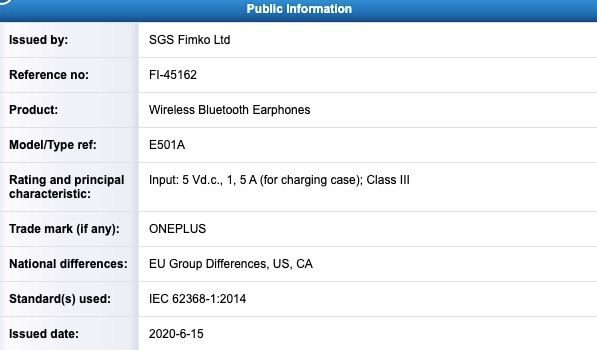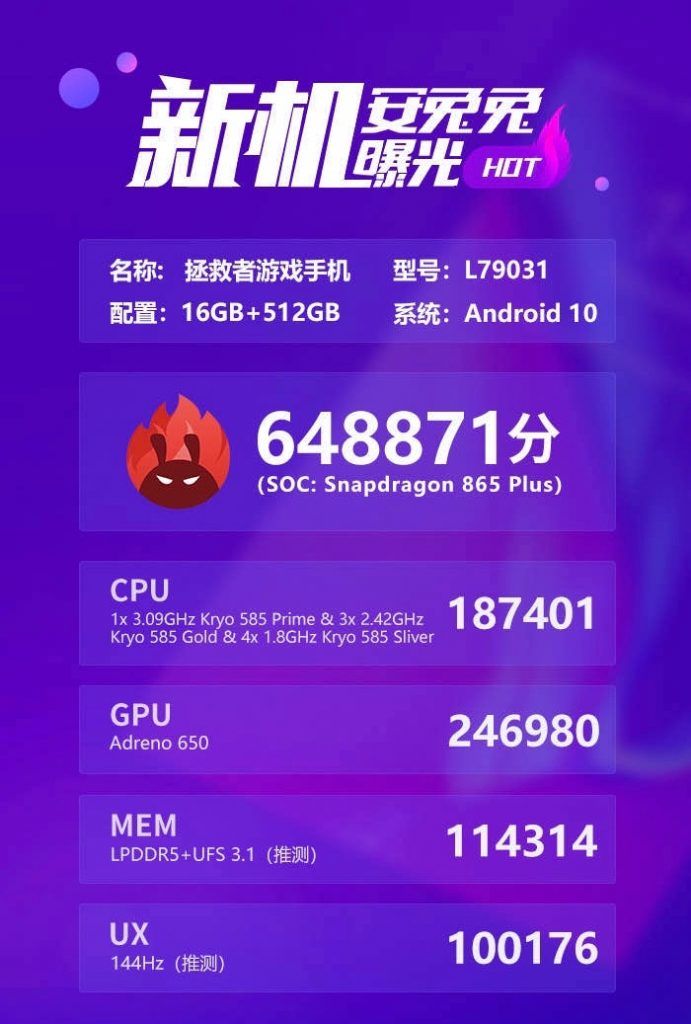Former Xiaomi sub-brand POCO has just announced a new smartphone in the Indian market and it is called the POCO M2 Pro. To be clear the company has not launched the POCO M1 or even the POCO M2. In any case, the M2 Pro happens to be the POCO’s challenge to the de facto Realme and Xiaomi duopoly in the budget segment. At its starting price of Rs 13,999 it is a direct competitor to the Realme 6 and Redmi Note 9 Pro. Let’s have a look at how the three devices compare to each other in terms of specs on sheet.
POCO M2 Pro vs Redmi Note 9 Pro vs Realme 6: Price
As mentioned earlier the POCO M2 Pro starts at Rs 13,999 which is for the 4GB RAM + 64GB storage version while the higher-end 6GB RAM + 128GB option is priced at Rs 16,999. The Note 9 Pro and the Realme 6 both, on the other hand, are priced lower starting at Rs 13,999 and Rs 14,999 respectively for the same 4GB RAM + 64GB storage version. On top of that, the 6GB + 128GB configuration of both devices is priced at Rs 16,999, which is same as the POCO M2 Pro. As a matter of fact, Realme 6 has a third configuration which offers 8GB RAM and it is priced at Rs 17,999. It is clear from these prices that Redmi Note 9 Pro and POCO M2 Pro are winners.
Winner: POCO M2 Pro and Redmi Note 9 Pro
POCO M2 Pro vs Redmi Note 9 Pro vs Realme 6: Display
The POCO M2 Pro offers a 6.67-inch FHD+ display with a 20:9 aspect ratio, a punch-hole for the selfie shooter, Gorilla Glass 5 protection and a standard 60Hz refresh rate. The Redmi Note 9 Pro also has a 6.67-inch FHD+ display with Gorilla Glass 5 protection and the normal 60Hz refresh rate screen. The Realme 6, while having a slightly smaller 6.5-inch display with older Gorilla Glass 3 protection, offers a more fluid 90Hz experience. Realme again outdoes the competition by offering a more fluid viewing experience albeit with less protection.
Winner: Realme 6
POCO M2 Pro vs Redmi Note 9 Pro vs Realme 6: Cameras
In the optics department, as per the usual trend, the POCO M2 Pro sports a quad-camera setup with a 48MP primary sensor, 8MP ultra-wide sensor, 5MP macro shooter, and a 2MP depth sensor. For the Redmi Note 9 Pro, it is also packing a quad-camera setup with a 48MP primary sensor, an 8MP ultra-wide lens, 5MP macro camera and a 2MP depths sensor. For the Realme 6 there is a 64MP primary sensor, 8MP wide-angle, 2MP macro sensor, and a depth sensor also of 2MP resolution. On the front of all the phones is a selfie shooter with a 16MP sensor. We can see that, from the megapixel count, the Realme 6 is ahead yet again.
Winner: Realme 6
POCO M2 Pro vs Redmi Note 9 Pro vs Realme 6: Performance
The POCO M2 Pro is powered by the latest Snapdragon 720G SoC with the Redmi Note 9 Pro using the same SoC. Realme 6 uses a MediaTek Helio G90T SoC which is based on an older 12nm manufacturing process while the 720G makes use of a newer 8nm process. While Realme 6 does offer the highest RAM configuration it still does not have the better thermal performance of the other two competitors. This one is a tie between the M2 Pro and Note 9 Pro.
Winner: POCO M2 Pro and Note 9 Pro
POCO M2 Pro vs Redmi Note 9 Pro vs Realme 6: Battery
The POCO M2 Pro’s standout feature is definitely its high battery capacity which is 5,000mAh and supports 33W fast charging. The Redmi Note 9 Pro has a 5,020mAh battery but only supports 18W charging. The Realme 6 has a smaller battery at 4,300mAh but it does charge faster at 30W. Even so, it is clear that the M2 Pro is the winner.
Winner: POCO M2 Pro
POCO M2 Pro vs Redmi Note 9 Pro vs Realme 6: Verdict
It is increasingly clear that on paper, the older Realme 6 is still a powerful phone in terms of pricing, cameras and display. Note 9 Pro and M2 Pro tie in the performance department while the latter does come out as the winner in the battery field. What do you think of the newly launched POCO M2 Pro? Let us know in the comments below.
The post POCO M2 Pro vs Redmi Note 9 Pro vs Realme 6: Price in India, Specifications and Features Comparison appeared first on MySmartPrice.
from MySmartPrice https://ift.tt/2DbEFkn
via
IFTTT









